Variation in Indigenous Minority Languages.
Indigenous minority languages have played crucial roles in many areas of linguistics - phonetics, phonology, morphology, syntax, typology, and the ethnography of communication. Such languages have, however, received comparatively little attention from quantitative or variationist sociolinguistics. Without the diverse perspectives that underrepresented language communities can provide, our understanding of language variation and change will be incomplete. To help fill this gap and develop broader viewpoints, this anthology presents 21 original, fieldwork-based studies of a wide range of indigenous languages in the framework of quantitative sociolinguistics. The studies illustrate how such understudied communities can provide new insights into language variation and change with respect to socioeconomic status, gender, age, clan, lack of a standard, exogamy, contact with dominant majority languages, internal linguistic factors, and many other topics.
{{comment.content}}
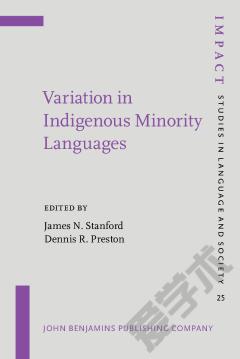
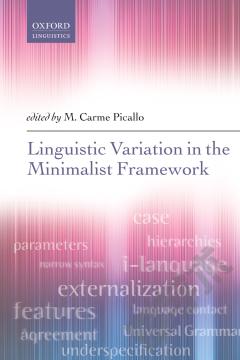


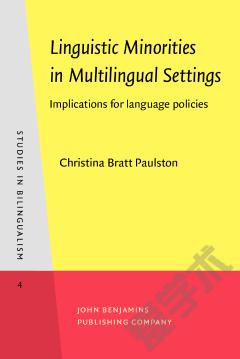
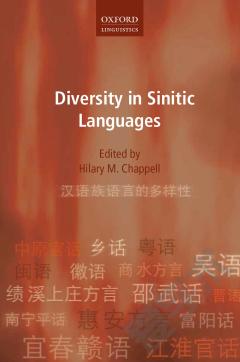
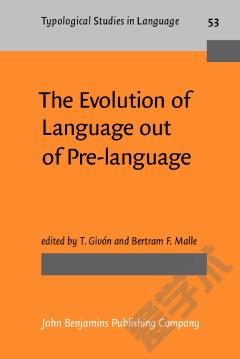

 京公网安备 11010802027623号
京公网安备 11010802027623号